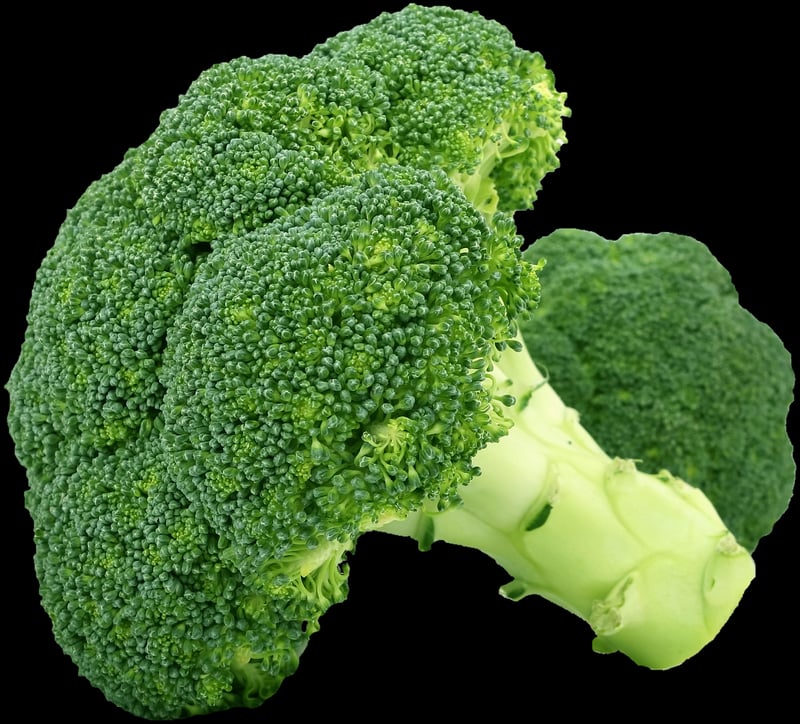Plant-based Alternatives
Essential Cooking Elements and Plant-based Alternatives
Cooking is an art that requires a few essential elements to create delicious dishes. Whether you're a seasoned chef or a beginner in the kitchen, having the right ingredients is crucial for success. In this article, we will explore some of these essential cooking elements and provide plant-based alternatives for those looking to incorporate more vegetarian or vegan options into their meals.
1. Oil
Oil is a staple in cooking for sautéing, frying, and dressing salads. Olive oil is a popular choice due to its health benefits and flavor. For a plant-based alternative, consider using coconut oil, avocado oil, or sunflower oil.
2. Herbs and Spices
Herbs and spices add depth and complexity to dishes. Common herbs like basil, parsley, and cilantro can elevate the flavor of any meal. Plant-based alternatives include using nutritional yeast for a cheesy flavor or smoked paprika for a rich, smoky taste.
3. Protein
Protein is essential for a balanced diet. While meat is a common source of protein, plant-based alternatives like tofu, tempeh, lentils, and beans are excellent options for vegetarians and vegans. These ingredients can be used in stir-fries, salads, and stews.
4. Dairy
Dairy products like milk, cheese, and yogurt are commonly used in cooking and baking. For a plant-based twist, consider using almond milk, coconut yogurt, or cashew cheese. These alternatives provide a creamy texture and rich flavor to your dishes.
5. Sweeteners
Sugar is a common sweetener in many recipes, but there are plant-based alternatives available. Maple syrup, agave nectar, and date paste are natural sweeteners that can be used in desserts, smoothies, and baked goods.
6. Grains
Grains like rice, quinoa, and oats are versatile and nutritious staples in many cuisines. For a plant-based substitute, try using cauliflower rice, buckwheat, or amaranth. These alternatives offer a unique twist to traditional grain dishes.
Conclusion
By incorporating plant-based alternatives into your cooking, you can explore new flavors, textures, and ingredients while also promoting a more sustainable way of eating. Experimenting with these substitutes can lead to exciting culinary creations that are both delicious and nutritious.
Remember, cooking is a creative process, so don't be afraid to mix and match ingredients to find what works best for your taste buds and dietary preferences.
Happy cooking!


